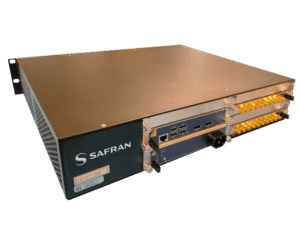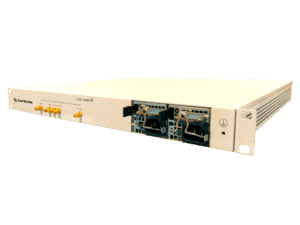Quantum Instrumentation Control Kit (QICK)
Low-Latency Platform For Controlling Qubit Systems
The Quantum Instrumentation Control Kit (QICK) is a comprehensive control and readout system for QIS including quantum computing, quantum networks and quantum sensors. QICK is designed to generate, acquire, and process fast signals for quantum experiments.
Built on RFSoC technology, QICK bridges the gap between complex quantum hardware and fast digital control, enabling the next generation of scalable quantum experiments.
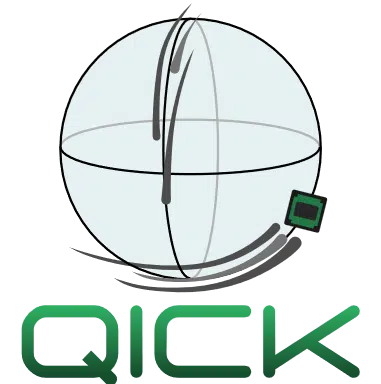
What is QICK?
QICK is an open-source, FPGA-based control platform for scalable quantum systems. It combines DACs, ADCs, and FPGA fabric in a single chip. Through a commercial partnership with Fermilab and use of Open-Source MIT License, Safran is an official QICK manufacturer.
What is it used for?
QICK is used for controlling superconducting, trapped ions, spin qubits and cold atom (AMO) qubits, performing quantum error correction and feedback, high-speed data acquisition from qubit readout, and scaling up from single qubit control to multi-channel systems. QICK is also used for time tagging for simultaneous detector readout using the digitization functional of QICK, achieving internal picosecond-level system synchronization


Why is it necessary?
To control superconducting qubits, signals must jump in frequency while maintaining phase coherence and meeting very precise timing requirements. Similarly, the total control pulse sequence must be significantly faster than the coherence time of any qubit in the system (typically microseconds), and the latency between any two pulses must be controllable (zero latency is often required).
White Rabbit Time Protocol For Ultra-Fast Quantum Networking
Because quantum networking and quantum experiments must measure photon motion and photon coherence times with extreme precision, researchers need ultra-accurate time synchronization protocols to meet the demanding requirements.
Safran has integrated the White Rabbit (WR) sub-nanosecond time synchronization technology into QICK. This allows fast communication among boards via Time-Sensitive Networking (TSN), as well as synchronization of quantum network nodes.

QICK – Modular System
RFSoC ZCU216 with modular analog front-end (RF Main) and up to 8 daughter boards (up to 4x IN and 4x OUT): RF, DC or Balun (IN/OUT)
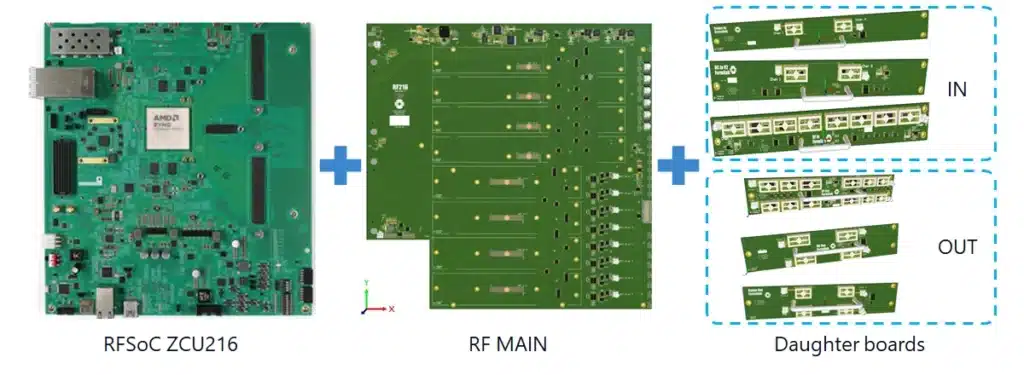
QICK Daughter Boards

RF Out (x8)
- Upconversion to operate in 100 MHz – 12 GHz (3-8 GHz optimal)
- Dynamic range: 4 to -56 dBm
- User-programmable gain and filtering through a software
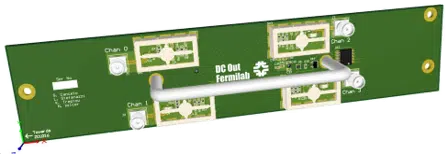
DC Out (x8)
- Control fast unmodulated signals (i. e. flux pulses)
- Generation of ground-referenced analog signals within a +2.5V range
- Operate up to 1.5 GHz

RF IN (x4)
- Amplify low noise RF signals
- Operate in 50 MHz – 9 GHz (several readouts with frequency multiplexing)
- Dynamic range: -60 to -90 dBm
- User-programmable gain and filtering through a software

DC IN (x4)
- To be used as a digital Oscilloscope/Spectrum analyzer
- Operate up to 1.5 GHz
- Converts the ground-referenced input signal to a differential signal
- User-programmable gain and filtering through a software
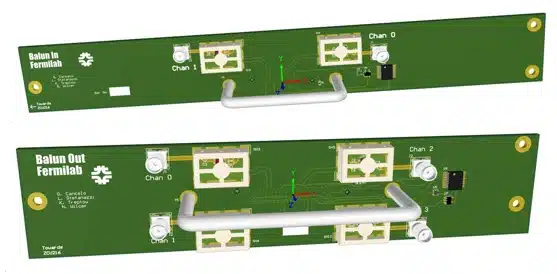
Balun IN (x2) / Balun OUT (x4)
- To be used as a digital Oscilloscope/Spectrum analyzer
- Direct signal acquisition and generation
- Passive signal path without gain or active filtering
- Operate up to 9 GHz
Resources
Request a Quote
FEATURES
- Software programmable RF power control
- RF input and output
- Signal generation
- Pulse sequencing
- Fully programmable control and feedback
- 8 GB DDR Memory
- Trigger and synchronization
- 3rd party software integration
- Multiplexed readout
SPECS
- DAC Outputs
- 16 channels; can be RF complex modulated up to 10GHz or unmodulated from 0-1.5GHz
- RF Inputs
- 8 channels; frequency range 0.5 – 10GHz
- Digital down-conversion
- Bias Outputs
- 8 channels; ±10V, based on 20-bit DACs
- Ultra low noise: 0.7 nV/√Hz
- I/O ports
- 6 TTL I/O on SMA
- 8 TTL I/O on separate connector
- 8 LEDs for function display



